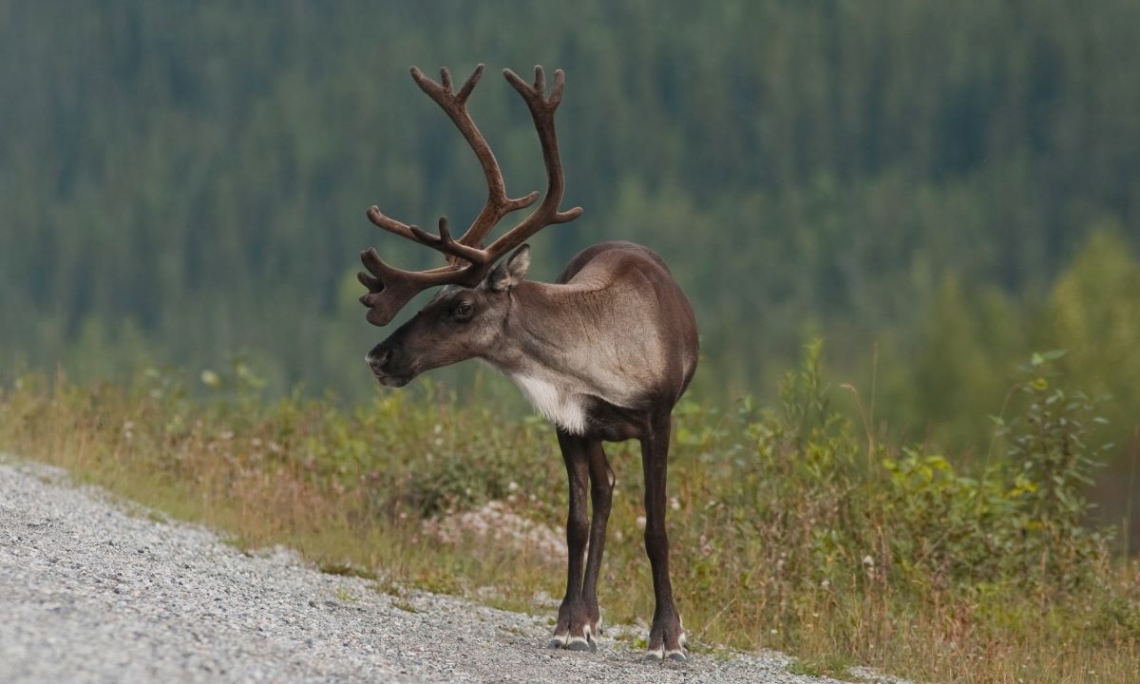Natural Recovery on Low Impact Seismic Lines in Northeast British Columbia


Project Description
WSP Golder (formerly Golder Associates Ltd) and Explor were supported by the Research and Effectiveness Monitoring Board (REMB) of the BCIP initiative, with funding provided by the BC Oil and Gas Research and Innovation Society (BC ORGRIS). The objective of this project was to track the accumulation and measure the recovery trajectory of mulched low impact seismic lines prepared between 2005 and 2015. A total of 188 low impact seismic lines were sampled within the Maxhamish, Snake-Sahtaneh, and Calendar boreal caribou ranges during the summer of 2016. These sites ranged from 2 to 11 years in age, most sites were exclusively mulched, and had a north-south or east-west orientation. The forest type, line width, line orientation, and year the line was cut were compared among sites.
Project Outcomes or Intended Outcomes
Controlling for forest type, the project’s results suggest that low impact seismic lines supported shrubs greater than 0.8 m high within 10 years. Further, line orientation, mulch distribution pattern and ecosite type all had a significant effect on the average height of regenerated vegetation on low impact seismic lines. In addition, lines on low impact seismic lines supported fewer game trails than conventional seismic lines in the region.